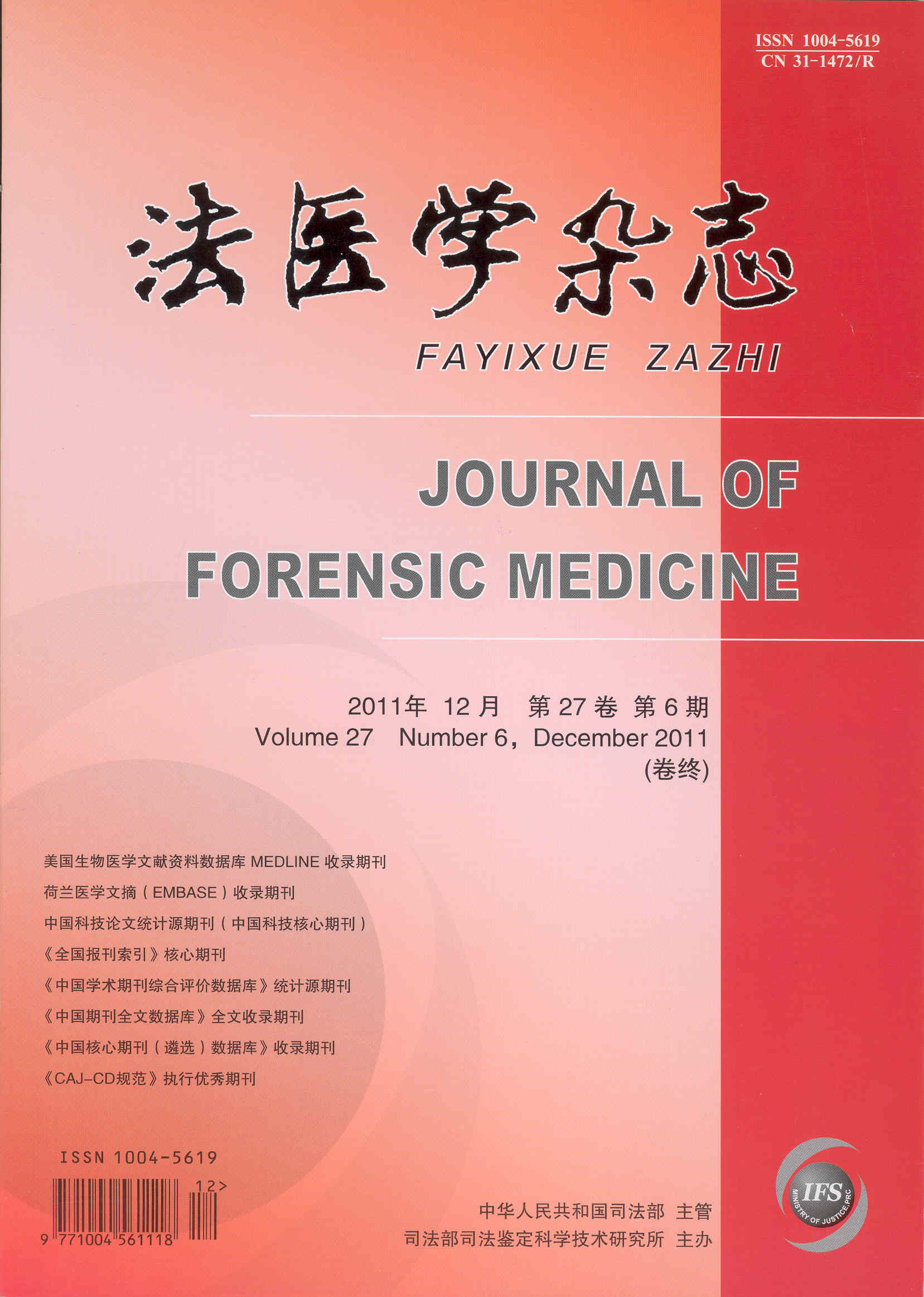|
|
Effects of Ketamine on Proliferation and Apoptosis of Pheochromocytoma Cell
ZUO YUAN-YI, ZHAO YAN-BO, JIANG XIAO-GANG, ET AL
2011, 27(6):
405-408,412.
DOI: 10.3969/j.issn.1004-5619.2011.06.002
Objective To explore the effect of ketamine on adrenal pheochromocytoma(PC12) cell proliferation inhibition and induction of apoptosis and its mechanism. Methods PC12 cells of rats were models for dopaminergic neuron. PC12 cells were cultured with ketamine at concentrations of 0.9, 1.2, 1.5, 1.8 and 2.1 mmol/L, respectively. The cell viability was measured by MTT method after incubation at 12, 24, 48 and 72 h. Hoechst stain was used to observe the morphological changes of apoptosis. PC12 cells cultured after 48 h with different concentrations of ketamine were selected to detect apoptotic rate using flow cytometry and detect the expression of bax and bcl-2 proteins using Western blotting. Results For different concentrations of ketamine, vitality of PC12 cells significantly decreased with increase of the incubation time. Apoptosis was obviously observed using Hoechst staining. Flow cytometry showed that apoptosis rates significantly increased with increasing ketamine concentrations. Conclusion Ketamine can inhibit the proliferation of PC12 cell by inducing apoptosis of the PC12 cell in a concentrations-dependent manner. The underlying mechanism may be related to promoting the expression of bax and inhibiting the expression of bcl-2 in the cells.
Related Articles |
Metrics
|


